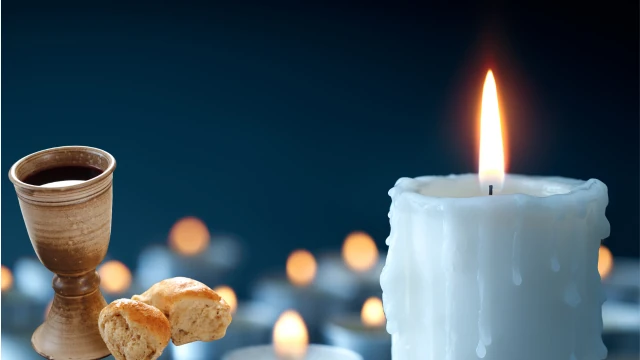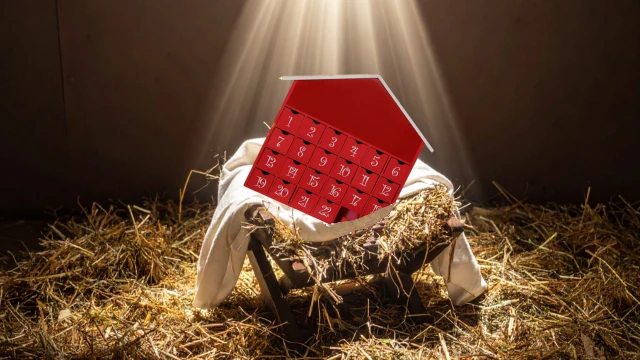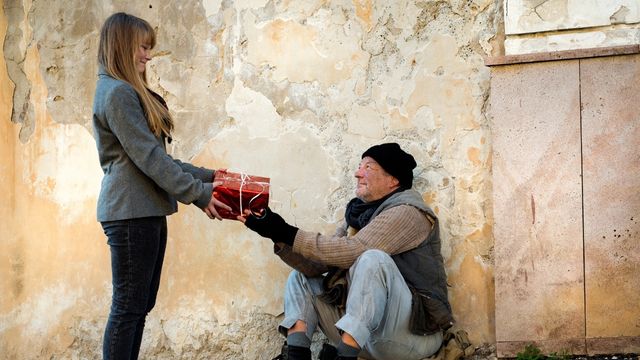Knox Now…
The Cynic: from Cynicism to Hope
Are you feeling like a modern-day cynic, always seeing the glass half-empty? Join Richard in this lively episode as he explores the roots of cynicism, share relatable stories, and offers practical, faith-based solutions to turn that pessimism into hope.
Daily Meditation
By Rev Dr Richard Chung
Read by Members of the Knox Congregation
PRINT Daily Meditations for
December 21 to December 28, 2025
Easily catch up on, review, or share
past Daily Meditations any time.
Christian Seasons Fund Raiser

Seasons of the Christian Calendar through scripture, liturgical colour, with beautiful and meaningful artwork, beginning at Advent, on November 30th.
This alternative way of remembering and living in the story of Jesus is a valuable resource for for all.
Weekly News & Notes

This in person Communion & Candle Lighting service is NOT able to be live broadcast or available for later viewing. If you are unable to attend at Knox 7:30pm or need alternate time viewing these are options for live and later:
Christmas Eve Worship
on December 24, 2025
at 7:30 pm
Attend at Knox for this Communion & Candle Lighting Service
Reading: Matthew 1:18–25; Luke 2:1–23
with Rev. Dr. Richard Chung

Live in person at Knox or View HERE December 28st
Next Worship
Choosing Courage Over Fear
on December 28, 2025
at 10 am
Reading: Matthew 2:1–23
with Rev. Dr. Richard Chung
The True Meaning of Advent Is More Than A Countdown
In a world that rushes toward December 25th with a flurry of shopping lists and festive parties “Advent” offers a powerful balance. Beginning four Sundays before the “coming” of Christmas, Advent is more than a “pre-Christmas”. It is a season of expectant waiting, spiritual preparation, and hopeful anticipation.

At its core, Advent has a twofold purpose. The most familiar is the preparation to celebrate the first coming of Christ … Jesus as both fully divine and fully human begins with that humble nativity at Bethlehem, leading to his being an undocumented youth and refugee in Egypt, along the way seeking help. It is a time to reflect on the immense love and mystery of this birth. Equally important is Advent’s focus on the future. It is the season for Christians to prepare their hearts for the Second Coming of Christ. This dual focus on past and future gives the season its unique character of hope, joyful memory and awareness.

Scripture provides the foundation for this season. Key Old Testament passages, particularly from the prophet Isaiah, are central. Readings like Isaiah 9:6 (“For to us a child is born, to us a son is given…”) foretell the coming Messiah, while Isaiah 40:3 (“A voice of one calling: ‘In the wilderness prepare the way for the Lord…’”) speaks to preparation. In the New Testament, the Gospels offer further insights. The Annunciation narrative in Luke 1 grounds the season in the story of Mary, while passages like Matthew 24:36-44 (“So you also must be ready, because the Son of Man will come at an hour when you do not expect him..” call believers to be alert and ready for the Son of Man’s return, directly addressing the Second Advent theme.
Unfortunately, the true meaning of Advent is often misrepresented. Most commonly as a misunderstanding that equates it with a commercial countdown calendar. While the countdown of Advent calendars are a frequent family tradition, the season is about spiritual readiness, not just daily treats. A common commercial view is Advent is just Christmas starting early. In reality, Advent has its own distinct mood, one of quiet reflection, repentance, and hope. The joyous, explosive celebration of the Christmas season doesn’t begin until Christmas Eve.
Advent is a wonderful invitation to slow down, to embrace quiet waiting, and to cultivate a heart ready to receive Christ … both in memory of Bethlehem and in hope of His return.
The Gift of Christmas
- Anchored in Hope: Finding Steadiness in the ChaosIn this episode, Richard explores what it means to hold onto true hope during uncertain times, from the highs and lows of politics to the steady promise of Advent. With stories of unexpected celebrations, presidential elections, and the ever-changing tides of life, we’re reminded to anchor ourselves in a hope that lasts—one that’s found in the love and light of Jesus Christ.
Empathy’s Edge
Near the Fire~ Finding True Peace in Advent
Explore the profound peace that comes from being still, grounding ourselves, and reconnecting with the One who centers our hearts. Discover how moments of quiet reflection can bring us closer to the peace we’re meant to share with the world this Advent season.Grace in the Pain
Finding Joy Beyond the Hurt
Pain and joy—two emotions we often see as opposites. But what if they coexist? In this episode, Richard explores how true joy can emerge even in the midst of life’s hardest challenges. Join Richard for an honest, uplifting conversation about finding light in the darkest places.Love Beyond Diamonds
The Gift of Sacrifice
The true essence of love—not in material tokens like diamonds, but in the sacrifices we make for those we care about. Reflecting on marriage, Christmas gifts, and God’s ultimate act of love in sending Jesus, we discover that real love requires giving of ourselves in meaningful ways. Join Richard for a heartfelt reflection on how sacrificial love transforms relationships and brings the Advent season to life.The Gift of Christmas
A Reflection on Birth and Purpose
The deeper meaning of birthdays—both our own and the extraordinary birth of Jesus. Through heartfelt reflections, we’re reminded that each life is a unique gift to the world. Together, we’ll consider how we can honor that gift by giving of ourselves and sharing love, hope, and joy in the spirit of Christmas.Out with the Old
In with the New
The joys, challenges, and “newness” that comes with turning the calendar page. Join Richard as he celebrates the promise of renewal and walk into the new year with hope, gratitude, and maybe a resolution or two (that we’ll try not to break).Happy New Year, my friends.
